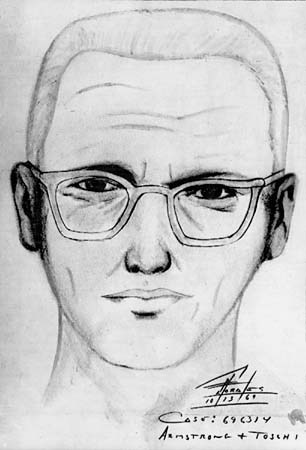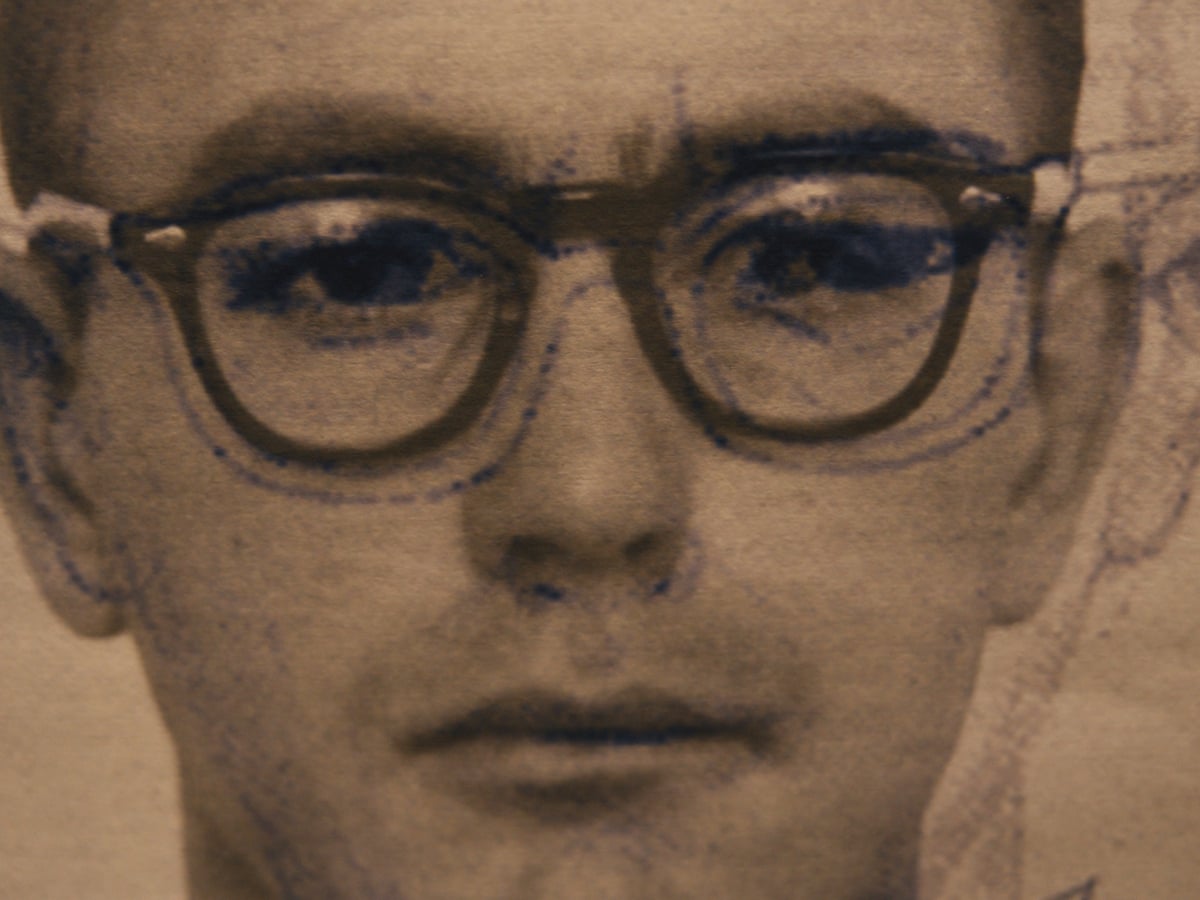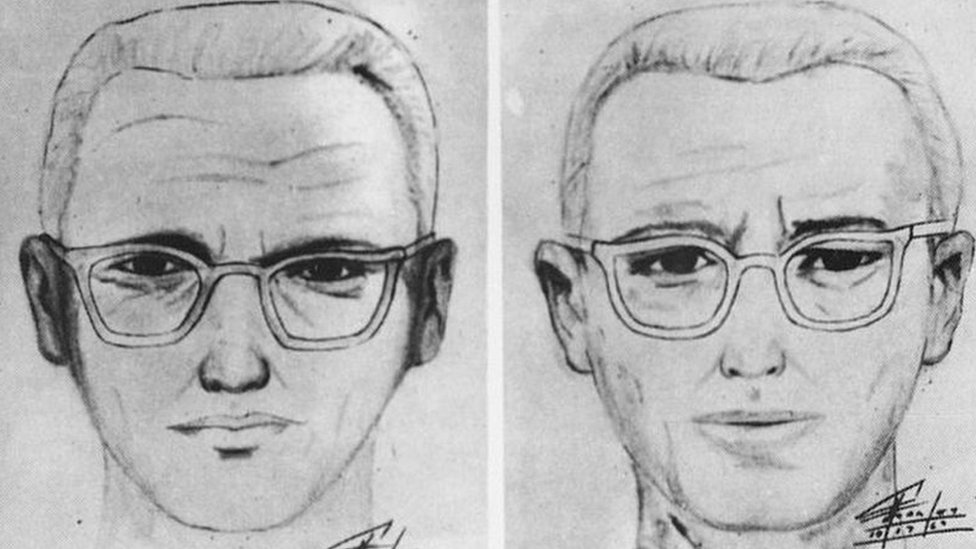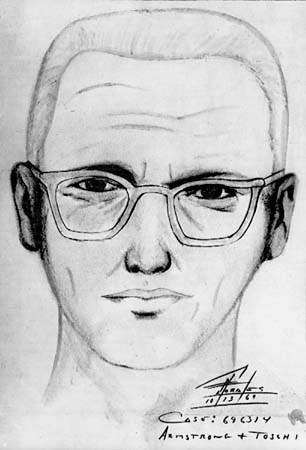In the late 1960s, a shadowy figure emerged to terrorize Northern California, leaving behind a trail of brutal murders and cryptic messages that would captivate the nation for decades. The Zodiac Killer became more than just a criminal – he was a psychological enigma that challenged law enforcement and fascinated the public.

The infamous Zodiac Killer’s police sketch. Credit: Wikimedia Commons
The killer’s reign of terror began in 1968, targeting young couples in secluded areas around the San Francisco Bay Area. His first confirmed attacks were against teenage couple Betty Lou Jensen and David Faraday, who were shot to death while parked at a lovers’ lane in Benicia. The brutality was just the beginning of a series of horrifying murders that would shock California.
What made the Zodiac Killer truly unique was his obsessive need for attention. Unlike many serial killers who sought to remain anonymous, he actively courted media spotlight by sending elaborate letters and complex ciphers to local newspapers. These communications were not just taunts, but intricate puzzles that challenged cryptographers and investigators. In one of his most chilling letters, he wrote the now-infamous line, “I like killing people because it’s so much fun.”

The Zodiac Killer case has remained unsolved for over 50 years. Credit: The Guardian
The killer claimed responsibility for at least five murders, though he hinted at having killed up to 37 people. His attacks followed a terrifying pattern: young couples in isolated locations were his primary targets. At Lake Berryessa, he approached victims wearing an elaborate hooded costume with a crossed-circle symbol, stabbing college students Bryan Hartnell and Cecelia Shepard. His final confirmed murder was of taxi driver Paul Stine in San Francisco, where he brazenly took a piece of the victim’s bloodstained shirt as a trophy.
The Zodiac’s cryptographic skills became legendary. Of the four ciphers he sent, two remained unsolved for decades. The breakthrough came in 2020 when amateur code breakers finally cracked the 340-character cipher, revealing a disturbing message that began, “I hope you are having lots of fun in trying to catch me.” This decryption reignited public interest in the decades-old case.

One of the Zodiac Killer’s infamous ciphers that was finally cracked in 2020. Credit: BBC News
Numerous suspects emerged over the years, with Arthur Leigh Allen being the most prominent. A schoolteacher with a troubled past, Allen was extensively investigated but never definitively linked to the crimes. Modern DNA technology and genealogical research have offered new hope in recent years, promising to potentially solve this decades-old mystery.
The cultural impact of the Zodiac Killer extends far beyond the crimes themselves. He inspired numerous books, movies, and documentaries, including David Fincher’s critically acclaimed film “Zodiac” and the classic “Dirty Harry.” His ability to evade capture and communicate so provocatively transformed how the public and media approached serial killer investigations.
Despite extensive investigations, advanced forensic techniques, and countless theories, the Zodiac Killer remains unidentified. His legacy is a chilling reminder of the darkness that can lurk in plain sight, a psychological puzzle that continues to fascinate and horrify decades after his crimes.
References:
Zodiac Killer – Wikipedia – link
The Guardian – Zodiac Killer Coverage – link
BBC News – Zodiac Killer Cipher Breakthrough – link
Categories: American History, Criminal Cases, Historical Mysteries, True Crime, Unsolved Mysteries
Tags: 1960s Crime, California Crime, cold case, Criminal Mystery, Cryptography, San Francisco, Serial Killer, true crime, Unsolved Murders, Zodiac Killer
Religion: Unknown
Country of Origin: United States
Topic: True Crime
Ethnicity: unknown


